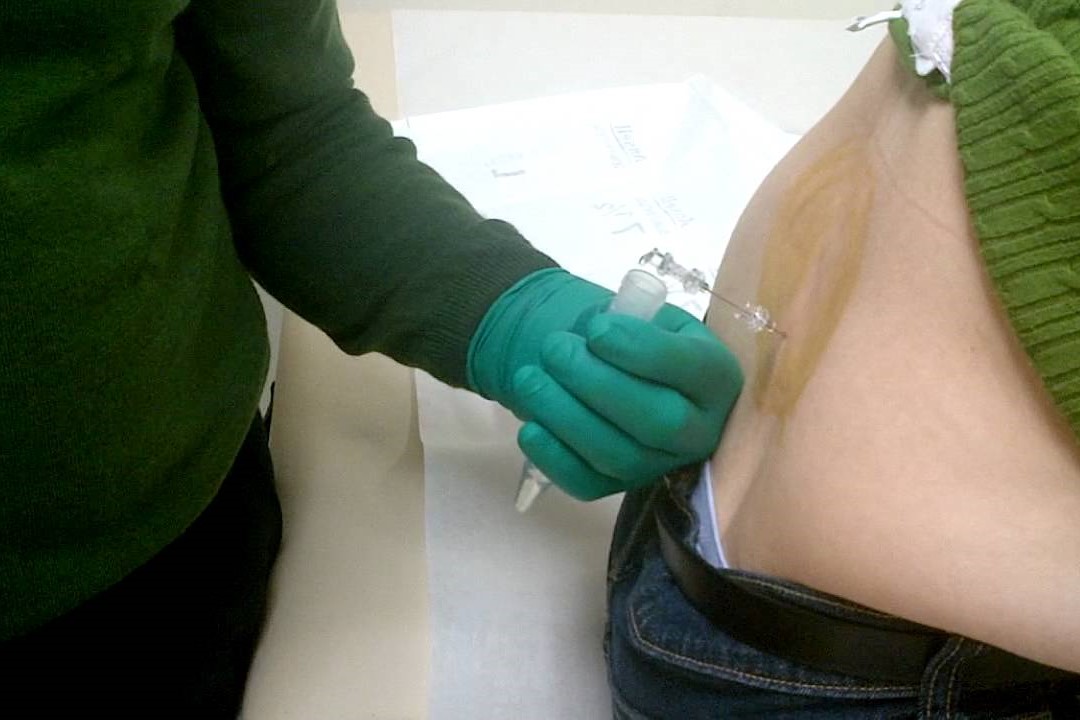
Lumbar puncture: what is a spinal tap?
A procedure that needs to be known, at least in brief, is spinal tap, more commonly called lumbar puncture. The spinal cord is a bundle of nerves that runs from the base of the brain to the back. It is responsible for muscle control and movement, as well as the sense of touch
A spinal tap is a procedure performed to detect the presence of infections, tumours and haemorrhages, and is done by taking a small amount of cerebrospinal fluid.
To perform the examination, the patient is made to lie on one side, with the knees bent against the chest.
Sometimes the patient is made to bend at the knees while sitting.
When the doctor has identified the spot on the lumbar spine where the spinal tap is to be done, the area is cleaned and anaesthetised with a local anaesthetic
Then, a long needle is inserted between two neighbouring vertebrae until it reaches the dura, the space just outside the membrane that surrounds the cerebrospinal fluid.
At this point, the needle is inserted into the dura, until it reaches the cerebrospinal fluid.
Finally, a kind of tap is inserted to release the fluid, which is collected in a test tube and sent to the laboratory for analysis.
At the end, the doctor applies a plaster to the spot where the lumbar puncture was performed and the patient must avoid bathing for 24 hours
The fluid is then analysed in the laboratory to detect any changes.
The presence of red blood cells could indicate a brain or bone marrow haemorrhage, while the presence of white blood cells or certain proteins could be symptoms of a tumour or an infection, such as meningitis.
Read Also:
Emergency Live Even More…Live: Download The New Free App Of Your Newspaper For IOS And Android
General Or Local A.? Discover The Different Types
Intubation Under A.: How Does It Work?
How Does Loco-Regional Anaesthesia Work?
Are Anaesthesiologists Fundamental For Air Ambulance Medicine?
Epidural For Pain Relief After Surgery


